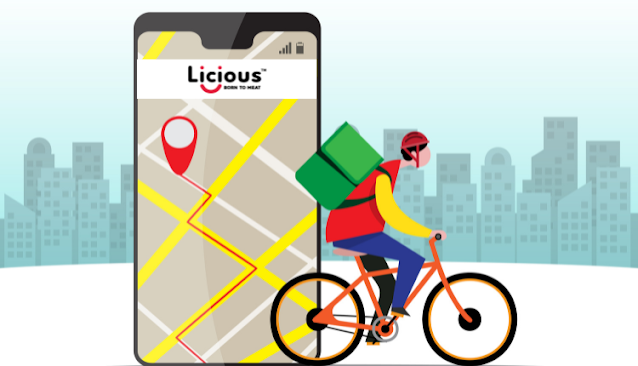Cost Estimate for Developing Mobile Apps for an Online Grocery Store
In today’s world of busy schedules, convenience is vital. It has increased the demand for online grocery stores, allowing consumers to quickly and easily purchase their desired groceries without leaving the comfort of their homes. But running an online grocery store can be challenging with the ever-increasing competition in the market. However, with the emergence of mobile apps, you can fuel your eCommerce business and stay ahead. Mobile apps have become a crucial tool in the eCommerce industry as they allow businesses to provide a seamless shopping experience to their customers. Whether you want to expand your customer base or improve your online grocery store, mobile apps can help you achieve your goals.
The cost to develop an eCommerce grocery mobile app can vary significantly based on various factors such as features, platform, complexity, design, development team location, and more. Here's a breakdown of potential cost components to consider:
1. App Platform: The cost will differ based on whether you're developing for a single platform (iOS or Android) or both (cross-platform or native). Native apps generally cost more due to separate development for each platform.
2. Design and User Interface: A user-friendly and visually appealing design is crucial for an eCommerce app. Design complexity, animations, and custom graphics can impact the cost.
3. Features and Functionality: The features you want to include in your app, such as product listings, search functionality, shopping cart, payment gateways, user accounts, order tracking, and more, will influence the cost. Advanced features like real-time inventory tracking, personalized recommendations, and loyalty programs can add to the expense.
4. Backend Development: Building the server-side infrastructure to manage user accounts, product data, orders, and other backend processes is essential. The complexity of your app's backend will affect the cost.
5. Third-Party Integrations: Integrating with payment gateways, inventory management systems, CRM, and other third-party services can add to the development cost.
6. Security Measures: Implementing robust security measures to protect user data, and payment information, and ensure the app's overall security can increase the cost.
7. Testing and Quality Assurance: Rigorous testing across various devices and scenarios is crucial to ensure a bug-free app. Quality assurance efforts can impact the development cost.
8. App Maintenance and Updates: Consider ongoing costs for app updates, bug fixes, security patches, and potential feature enhancements.
9. Development Team: The cost can vary based on the location of your development team. Teams in different regions have different hourly rates.
10. Project Management: Hiring a project manager or using a project management tool to oversee development can add to the overall cost.
11. Marketing and Launch: Budget for marketing and promotion of your app after development is complete.
Given these factors, the cost of developing an eCommerce grocery mobile app can range from a few thousand dollars for a basic app with limited features to tens of thousands or even hundreds of thousands of dollars for a feature-rich, customized app with advanced functionality.
To get a more accurate estimate, it's recommended to consult with professional app development agencies or freelancers. They can provide a detailed breakdown based on your specific requirements and goals. Keep in mind that while cost is an important consideration, investing in a high-quality app can yield substantial returns in terms of increased customer engagement and revenue.
Article source: vingle.net




Comments
Post a Comment